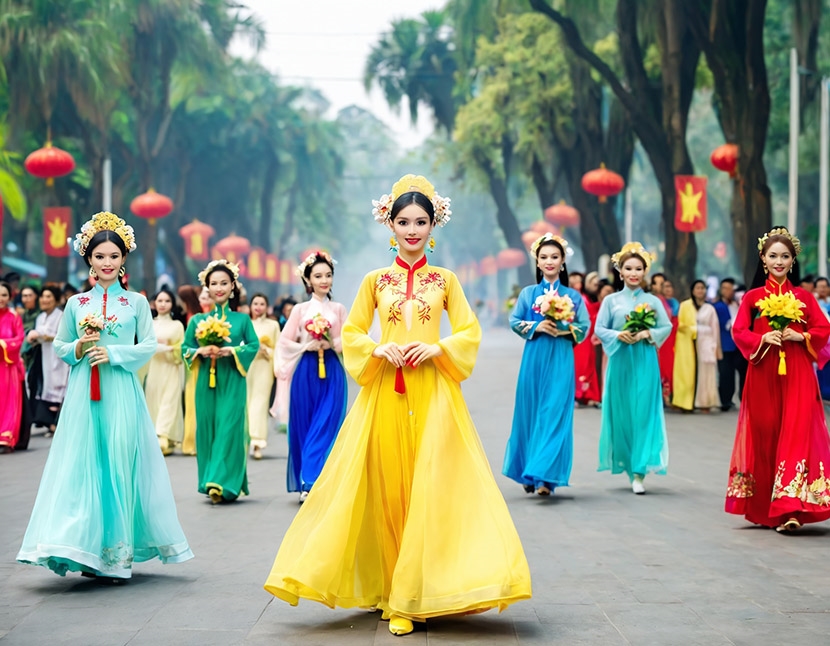Discovering Hanoi’s Traditional Festivals
Hanoi, the vibrant capital of Vietnam, is a city rich in history and culture. One of the best ways to immerse yourself in its unique heritage is by experiencing its traditional festivals. These events are not only colorful and lively but also offer a glimpse into the local customs and traditions that have been passed down through generations. Whether you’re a first-time visitor or a seasoned traveler, understanding how to experience these festivals can enhance your trip to Hanoi.
Timing Your Visit
To truly experience Hanoi’s traditional festivals, timing is everything. Many of these festivals are tied to the lunar calendar, so it’s essential to plan your visit accordingly. The Tet Festival, or Vietnamese Lunar New Year, is the most significant celebration in Vietnam and usually falls between late January and early February. This is a time when the city comes alive with vibrant decorations, traditional music, and bustling markets. Another notable festival is the Mid-Autumn Festival, celebrated in September or October, which is especially magical for families with children, featuring lantern parades and mooncakes.
Before you travel, check the specific dates for these festivals as they change each year. Arriving a few days early can give you a chance to see the preparations and enjoy the full experience. Keep in mind that during major festivals, some businesses may close, and transportation can be busier than usual, so plan your accommodations and travel arrangements in advance.
Engaging with Local Traditions
Participating in local customs is a rewarding way to experience Hanoi’s festivals. During Tet, families clean and decorate their homes, prepare special foods, and visit temples to pray for good fortune. As a visitor, you can join in by attending public celebrations, such as fireworks displays and cultural performances. Be sure to try traditional Tet foods like Banh Chung (square sticky rice cake) and pickled onions, which are staples during this time.
For the Mid-Autumn Festival, head to the Old Quarter, where you can see streets lined with colorful lanterns and stalls selling mooncakes. This festival is a time for children, so you’ll find many activities geared towards them, such as lion dances and storytelling. Engaging with these traditions not only enriches your experience but also shows respect for the local culture.
Respecting Cultural Sensitivities
While enjoying Hanoi’s festivals, it’s important to be mindful of cultural sensitivities. Dress modestly, especially when visiting temples or participating in religious ceremonies. It’s customary to remove your shoes before entering a temple, and you should avoid pointing your feet towards altars or religious symbols.
Photography is generally welcomed, but always ask for permission before taking pictures of people, especially during private or solemn moments. During Tet, it’s considered polite to greet locals with “Chúc Mừng Năm Mới” (Happy New Year) and to offer small gifts or lucky money in red envelopes, especially to children. However, be aware that some families may prefer to celebrate privately, so respect their space and privacy.
By understanding and respecting these cultural nuances, you can enjoy a more authentic and meaningful experience of Hanoi’s traditional festivals. These celebrations offer a unique opportunity to connect with the local community and gain insight into Vietnam’s rich cultural tapestry.
